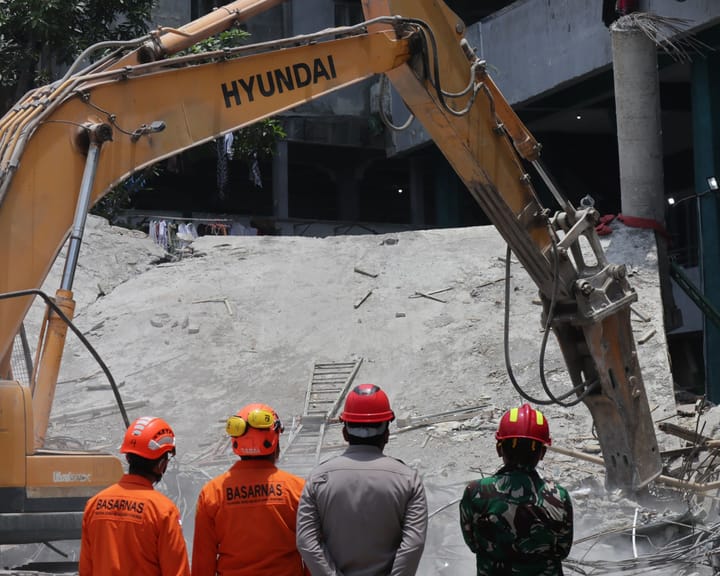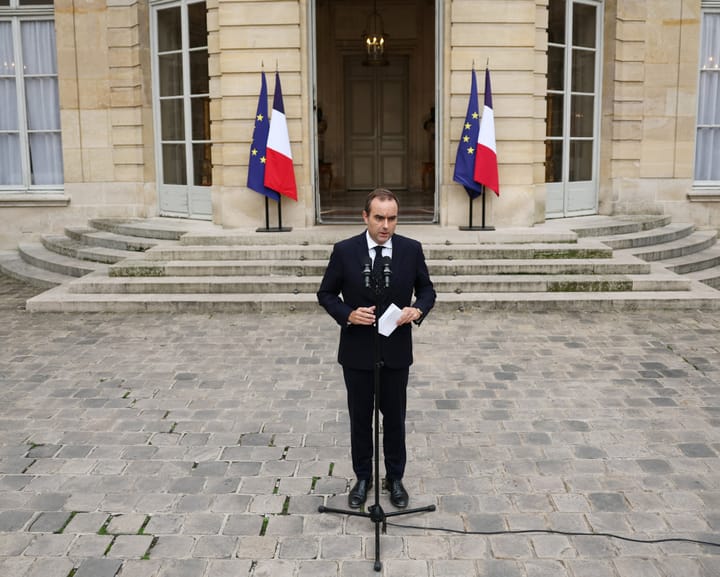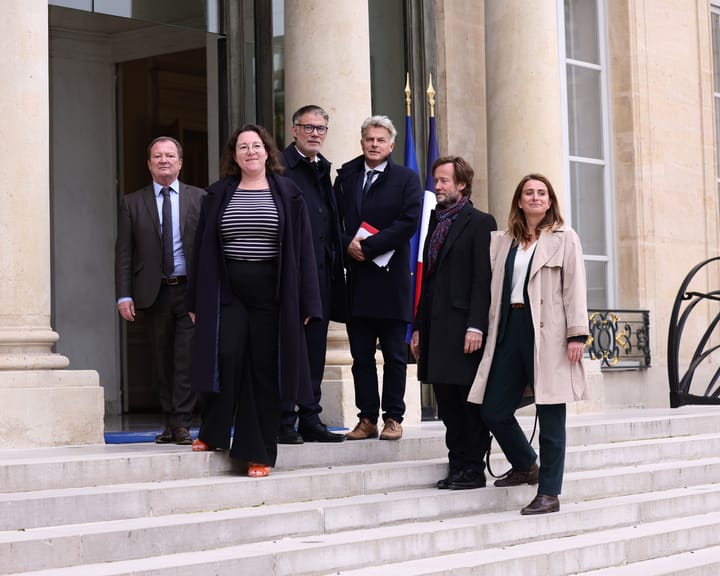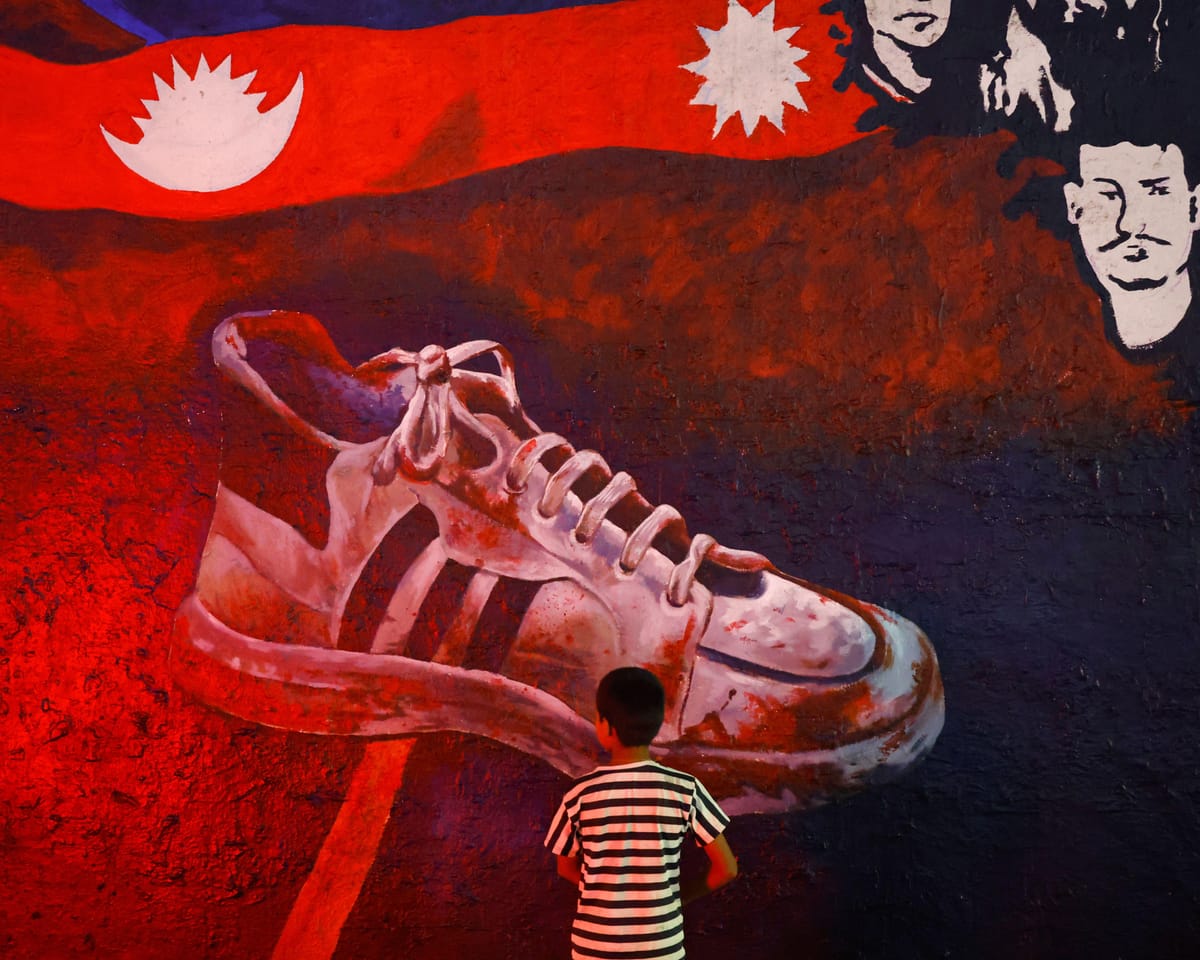Prakash Bohora was among the first of Nepal’s young protesters to be struck by police gunfire. Like many others his age, he joined demonstrations in the capital last month, speaking out against corruption and strict controls on online platforms.
That day in Kathmandu, he did not expect the protest would grow into what is now called Nepal’s youth-led uprising—an event that led to the swift collapse of the government, the suspension of parliament, and, within days, the appointment of an interim prime minister, the no-nonsense anti-corruption figure Sushila Karki.
On the morning of 8 September, Bohora stood outside the parliament building when gunshots rang out. A sharp pain shot through his left leg. As a friend rushed him to a nearby hospital, his bloodied sneaker was left behind in the chaos. A photo of the shoe spread widely, becoming a stark reminder of Nepal’s most violent protest day, which claimed 19 lives.
A month later, Bohora remains hospitalized as doctors work to save his leg. From his bed in the trauma ward, he expressed disappointment over what he sees as sluggish progress since the uprising—a movement that cost him dearly.
He is among those demanding arrests for former Prime Minister KP Sharma Oli and ex-Home Minister Ramesh Lekhak, accusing them of corruption and involvement in the police crackdown that injured him. "A month has passed, but many of our demands are still ignored," Bohora said.
Frustration with a system that enriched politicians while leaving him jobless and exploited had pushed Bohora to protest.
Despite earning qualifications as a health assistant eight years ago, he found no work in Nepal's weak job market and eventually went to Russia for further studies. When funds ran low, he was pressured into joining the Russian army, deployed to the frontlines in Ukraine's Donetsk region. There, he witnessed death and severe injuries. After 18 months, he managed to return to Nepal.
"I’m lucky to be alive," Bohora said. "Back home, I joined the protests, hoping for a country free from corruption."
Many young demonstrators from 8 September say they only sought to challenge corruption—not overthrow a government or shape national leadership.
Their movement had no central leader, no formal agenda, and no unified demands, remaining largely undefined. Even the support for Karki as interim leader emerged from online discussions and polls conducted by protesters on social platforms, where she gained popularity.
With elections now promised by March, Karki’s government faces the challenge of meeting the protesters' calls for accountability and reform.
Read next

"Indonesia school collapse: rescue efforts conclude with 67 fatalities"
Search Ends After Indonesian School Collapse Leaves Dozens Dead
Indonesian rescuers concluded their search on Tuesday for victims trapped beneath the rubble of a collapsed Islamic boarding school in East Java, after recovering more than 60 bodies, authorities confirmed.
The tragedy in the town of Sidoarjo struck last week when

"French PM makes last-ditch effort to save government as crisis deepens – Europe updates"
France's Political Standoff Continues as Prime Minister Seeks Cross-Party Support
France remains at a political stalemate as the outgoing prime minister, Sébastien Lecornu, makes a final attempt to gather support from rival parties for a new government.
President Emmanuel Macron assigned Lecornu, 39, to form a government in

"Macron calls emergency talks with parties to swiftly pick new PM"
Emmanuel Macron has called upon the leaders of several political factions to his office, urging them to demonstrate "collective responsibility" as he seeks to appoint a new prime minister amid growing political turmoil.
All parties except Marine Le Pen’s far-right National Rally, the largest opposition group, and

